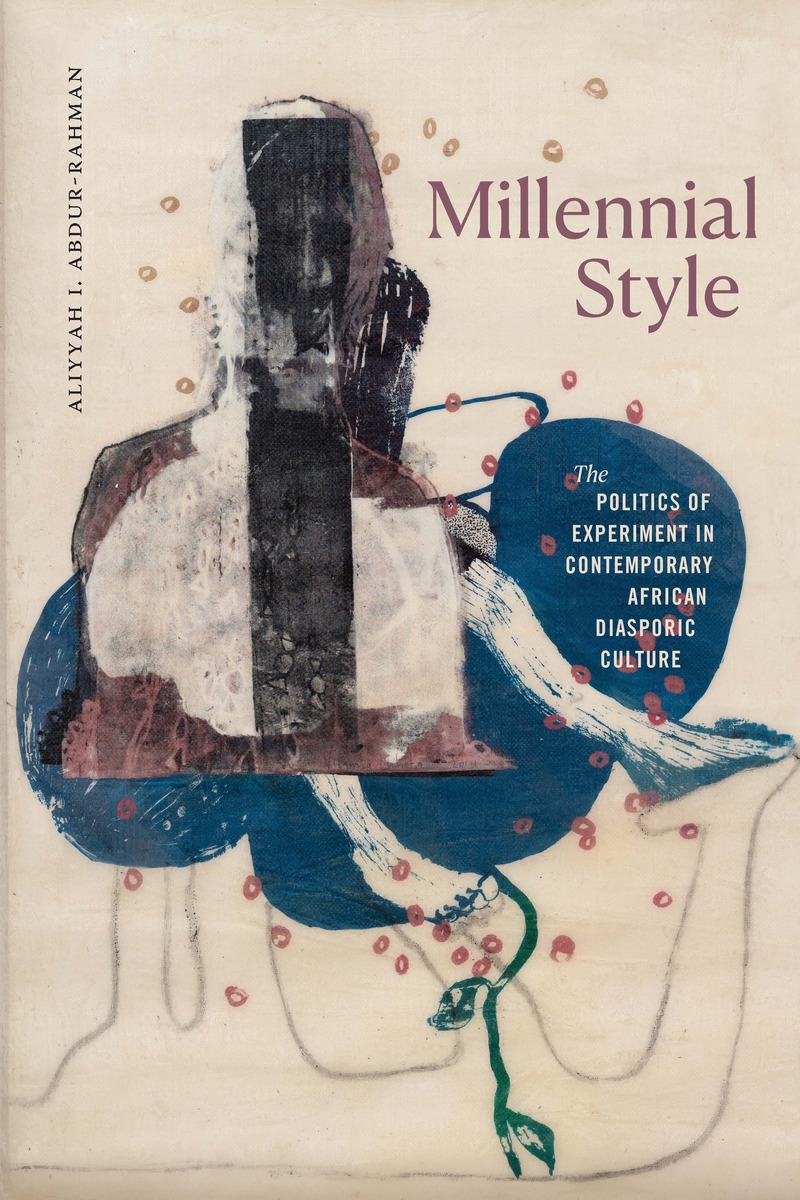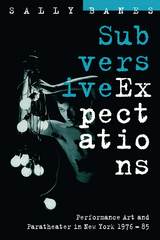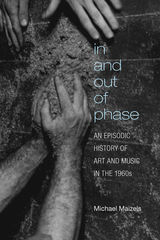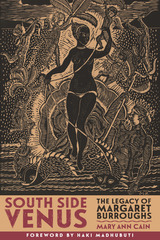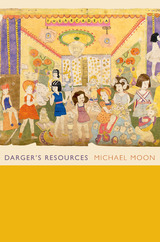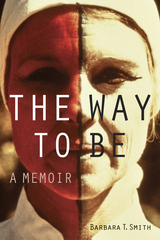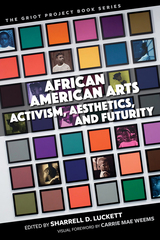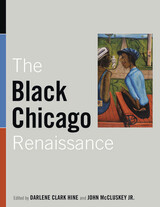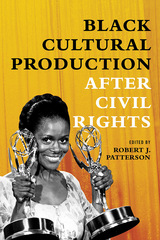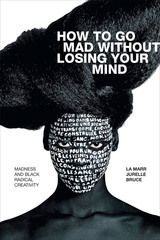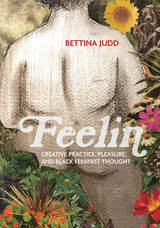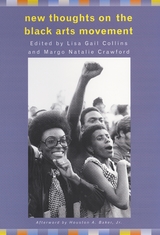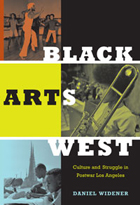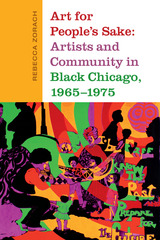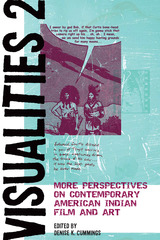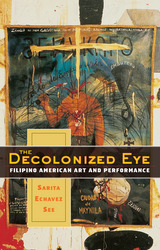Millennial Style: The Politics of Experiment in Contemporary African Diasporic Culture
Duke University Press, 2024
Cloth: 978-1-4780-2595-5 | eISBN: 978-1-4780-5919-6 | Paper: 978-1-4780-3020-1
Library of Congress Classification NX512.3.A35A25 2024
See other books on: African American arts | Experiment | Politics and culture | Psychic trauma | Queer theory
See other titles from Duke University Press
Cloth: 978-1-4780-2595-5 | eISBN: 978-1-4780-5919-6 | Paper: 978-1-4780-3020-1
Library of Congress Classification NX512.3.A35A25 2024
ABOUT THIS BOOK | AUTHOR BIOGRAPHY | REVIEWS | TOC | REQUEST ACCESSIBLE FILE
ABOUT THIS BOOK
In Millennial Style, Aliyyah I. Abdur-Rahman looks at recent experiments in black expressive culture that begin in the place of ruin. By ruin, Abdur-Rahman means the political terror and social abjection that constitute the ongoing peril of black lives. Whereas earlier black writers and artists have employed realist modes of expression to represent racial harm and to imaginatively remediate it, the black avant-garde of today displays more experimental methods. Abdur-Rahman outlines four widely employed modes in contemporary African diasporic cultural production: Black Grotesquerie, Hollowed Blackness, Black Cacophony, and the Black Ecstatic. Mobilizing black feminist and black radical thought, she considers work by such cultural practitioners as Wangechi Mutu, Marci Blackman, Alexandria Smith, Colson Whitehead, Toni Morrison, Harmony Holiday, and Essex Hemphill. Writerly and experimental, Millennial Style theorizes contemporary black art as the holding (or hoarding) of black mortal and material resources against the injuries of social death, as the fashioning of relational ethics, and as exuberant black world-building in ruinous times.
See other books on: African American arts | Experiment | Politics and culture | Psychic trauma | Queer theory
See other titles from Duke University Press
